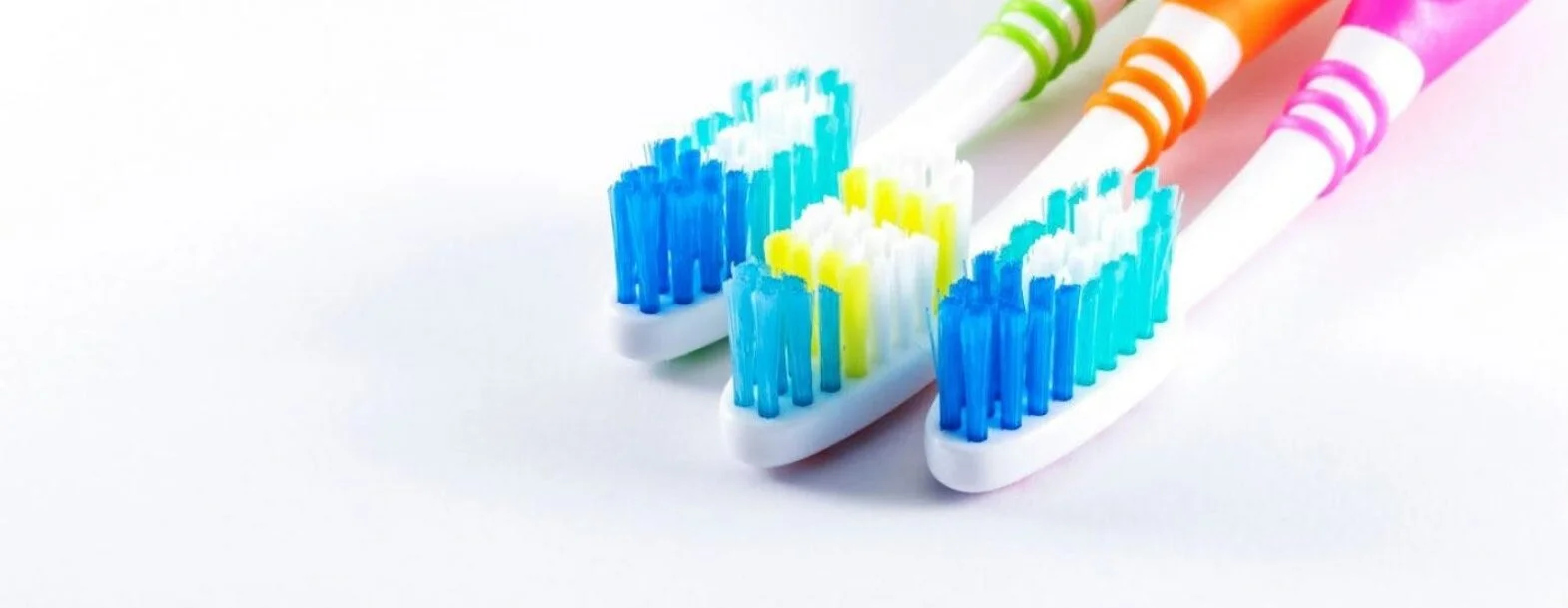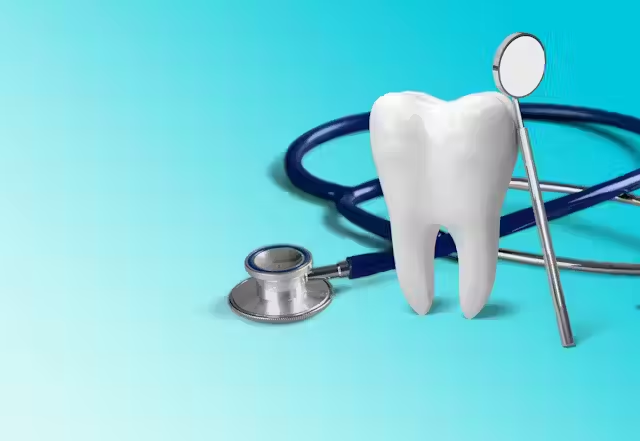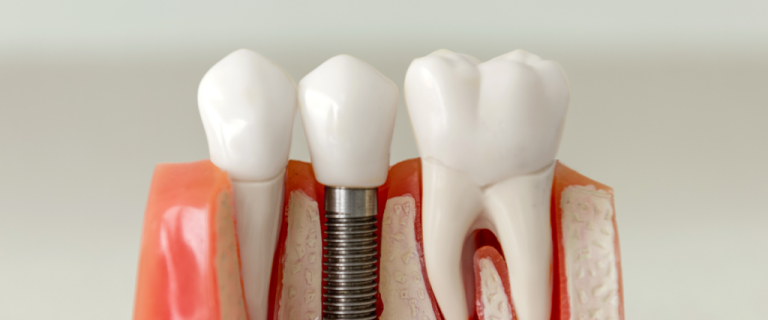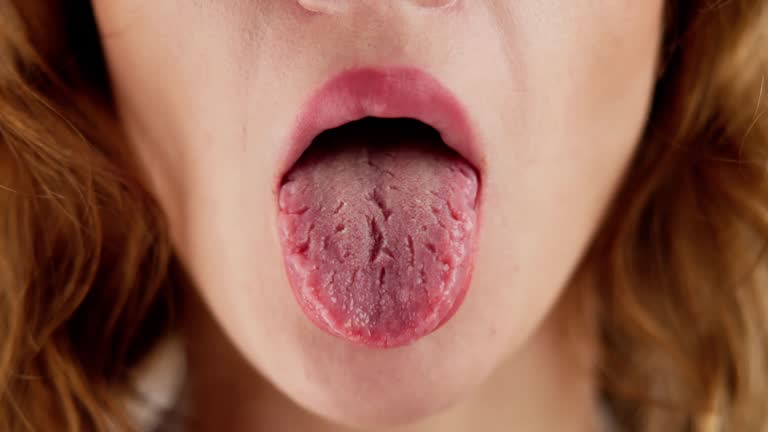Budget-Friendly Dental Care: High-Quality Manual Brushes Under $10
Let’s face it—dental care can be expensive. Between routine checkups, fillings, and the occasional emergency visit, your wallet might already be feeling the pinch. But here’s the good news: your toothbrush doesn’t have to break the bank. In fact, you can snag a high-quality manual toothbrush for under $10 that does the job just as well as its pricier counterparts.
Think about it—how many times have you stood in the oral care aisle, staring at rows of toothbrushes, wondering if the $15 option is really worth it? Spoiler alert: it’s not always necessary. With so many affordable options out there, you can keep your teeth sparkling clean without emptying your wallet.
In this article, we’re diving into the world of budget-friendly dental care, specifically focusing on manual toothbrushes that deliver top-notch results for less than $10. Whether you’re a college student pinching pennies, a parent juggling a tight budget, or just someone who loves a good deal, we’ve got you covered. Let’s explore how you can maintain a healthy smile without spending a fortune.
Ready to find your next go-to toothbrush? Let’s brush up on the details!
Why Manual Toothbrushes Still Matter
Okay, let’s get one thing straight—electric toothbrushes are great. They’re flashy, they’re high-tech, and they make you feel like you’ve got your life together. But here’s the thing: manual toothbrushes are still a solid choice, especially if you’re watching your budget.
First off, manual brushes are super affordable. You can grab a reliable one for just a few bucks, and it’ll last you a good three months (or longer if you take care of it). Plus, they’re portable. Toss one in your gym bag, keep one in your desk at work, or stash one in your carry-on for travel—no charging required.
But here’s the real kicker: when used correctly, a manual toothbrush can be just as effective as an electric one. It all comes down to technique. Spend two minutes brushing, hit all the surfaces of your teeth, and don’t forget those tricky spots like the gumline and the back molars. Boom—you’re golden.
And let’s not forget, manual brushes come in all shapes and sizes. Whether you prefer soft bristles for sensitive gums or a compact head for better reach, there’s a brush out there that fits your needs. So, before you shell out big bucks for an electric model, consider giving a trusty manual brush a shot. Your wallet—and your teeth—will thank you.
Next up, we’ll break down exactly what to look for in a budget-friendly toothbrush. Trust me, it’s easier than you think!
What to Look for in a Budget-Friendly Toothbrush
Alright, so you’re ready to find a manual toothbrush that won’t cost an arm and a leg. But with so many options on the shelf, how do you know which one’s worth your hard-earned cash? Don’t worry—I’ve got your back. Here’s the lowdown on what to look for when shopping for a budget-friendly toothbrush.
- Bristle Type: Soft bristles are where it’s at. They’re gentle on your gums but tough on plaque. Medium or hard bristles might seem like they’d do a better job, but they can actually damage your enamel and irritate your gums over time. Stick with soft—your mouth will thank you.
- Head Size: A smaller brush head is usually better because it can reach those tight spots in the back of your mouth. If you’ve got a smaller jaw or crowded teeth, this is especially important. Look for a compact head that can maneuver easily.
- Handle Grip: Ever tried brushing your teeth with a slippery handle? Not fun. Make sure the brush has a comfortable, non-slip grip. Some handles are even ergonomically designed to make brushing easier on your hand.
- ADA Approval: This is a big one. The American Dental Association (ADA) seal of approval means the toothbrush has been tested and proven to be safe and effective. If it’s got that little ADA stamp, you’re good to go.
- Price Point: Obviously, we’re keeping it under $10 here. But don’t assume that the cheapest option is the best. Look for a balance of quality and affordability. Sometimes spending an extra dollar or two can make a big difference in durability and performance.
Oh, and one more thing—don’t forget to replace your toothbrush every three months (or sooner if the bristles look frayed). A worn-out brush won’t clean your teeth properly, no matter how much you paid for it.
Now that you know what to look for, let’s dive into some specific brands that deliver top-notch quality without the hefty price tag. Ready to meet your next favorite toothbrush? Let’s go!
Featured Comparator: Top Manual Toothbrushes Under $10
Alright, let’s get down to business. Here’s a breakdown of some of the best manual toothbrushes you can snag for under $10. I’ve done the research, so you don’t have to. Whether you’re looking for something ultra-gentle, eco-friendly, or just plain effective, there’s something here for everyone.
1. Colgate Extra Clean Toothbrush
- Price: Around $3 for a pack of two.
- Key Features: Soft bristles, compact head, and a tongue cleaner on the back.
- Why It’s Great: This brush is a classic for a reason. It’s affordable, effective, and widely available. The soft bristles are gentle on gums, and the compact head makes it easy to reach those back teeth. Plus, the tongue cleaner is a nice bonus for fresher breath.
- Drawbacks: The handle is pretty basic, so it might not be the most comfortable for everyone.
2. Oral-B Indicator Toothbrush
- Price: About $5 for a pack of two.
- Key Features: Medium-soft bristles, blue indicator bristles that fade over time, and a angled handle for better grip.
- Why It’s Great: The fading bristles are a genius feature—they let you know when it’s time to replace your brush (usually around three months). The angled handle also makes it easier to reach those tricky spots.
- Drawbacks: The bristles are a tad firmer than some people might prefer, so it’s not ideal for super-sensitive gums.
3. Curaprox CS 5460 Ultra Soft Toothbrush
- Price: Around $8 for a single brush.
- Key Features: 5,460 ultra-soft bristles, compact head, and a colorful, ergonomic handle.
- Why It’s Great: This Swiss-made brush is a favorite among dental professionals. The ultra-soft bristles are perfect for sensitive teeth and gums, and the dense bristle count means it cleans really well. Plus, the handle is super comfortable to hold.
- Drawbacks: It’s on the pricier end of the under-$10 spectrum, but it’s worth every penny.
4. Tom’s of Maine Naturally Clean Toothbrush
- Price: About $4 for a single brush.
- Key Features: Soft bristles, BPA-free handle, and recyclable packaging.
- Why It’s Great: If you’re into eco-friendly products, this one’s for you. The bristles are gentle but effective, and the handle is made from sustainable materials. Plus, it’s free from synthetic dyes and preservatives.
- Drawbacks: The handle is a bit thicker, which might not be comfortable for everyone.
Quick Comparison Table
| Brand | Price | Bristle Type | ADA Approved | Overall Rating |
|---|---|---|---|---|
| Colgate Extra Clean | $3 (pack of 2) | Soft | Yes | 4.5/5 |
| Oral-B Indicator | $5 (pack of 2) | Medium-Soft | Yes | 4/5 |
| Curaprox CS 5460 | $8 (single) | Ultra-Soft | No | 5/5 |
| Tom’s of Maine | $4 (single) | Soft | Yes | 4/5 |
So, which one’s calling your name? Whether you’re all about that eco-life or just want a reliable brush that gets the job done, there’s an option here for you. But before you make your final decision, let’s talk about how to make the most of your budget-friendly toothbrush with some smart dental care tips. Stay tuned!
Dental Care Tips for Staying on Budget
So, you’ve found the perfect budget-friendly toothbrush. That’s awesome! But let’s be real—keeping your smile healthy isn’t just about the brush. It’s about how you use it and the habits you build around it. Here are some practical tips to help you maximize your dental care without blowing your budget.
1. Make Your Toothbrush Last
- Rinse your brush thoroughly after each use to remove toothpaste and debris.
- Store it upright in a dry place to prevent bacteria buildup.
- Avoid sharing your toothbrush (yes, some people still do this—don’t be that person).
- Replace it every three months or when the bristles start to look frayed.
2. Pair It with Affordable Toothpaste
You don’t need a $10 tube of toothpaste to keep your teeth clean. Look for ADA-approved options that cost less but still get the job done. Brands like Crest and Colgate often have budget-friendly versions that work just as well as their premium lines.
3. Don’t Skip the Floss
Flossing is just as important as brushing, and it doesn’t have to be expensive. A simple pack of dental floss or floss picks can cost just a couple of bucks and last for weeks. If traditional floss isn’t your thing, try water flossers or interdental brushes—just make sure you’re cleaning between those teeth!
4. Master Your Brushing Technique
It’s not just about the tool—it’s how you use it. Here’s a quick refresher on proper brushing:
- Hold your brush at a 45-degree angle to your gums.
- Use gentle, circular motions—no scrubbing like you’re cleaning a dirty pan.
- Spend at least two minutes brushing, making sure to cover all surfaces of your teeth.
- Don’t forget your tongue! It’s a hotspot for bacteria that can cause bad breath.
5. Know When to Splurge (and When to Save)
While it’s great to save money, there are times when it’s worth investing a little more. For example:
- Splurge: On a quality fluoride toothpaste if you’re prone to cavities.
- Save: On fancy whitening products—baking soda and hydrogen peroxide can work wonders in a pinch.
- Splurge: On regular dental checkups. Prevention is always cheaper than treatment!
6. DIY Mouthwash
Store-bought mouthwash can be pricey, but you can make your own at home. Mix a teaspoon of baking soda with a cup of water and a drop of peppermint oil for a refreshing rinse. It’s cheap, effective, and free from artificial additives.
By following these tips, you can keep your dental care routine simple, effective, and budget-friendly. But before we wrap things up, let’s tackle some common myths about cheap toothbrushes. Spoiler alert: they’re not all created equal, but that doesn’t mean the pricier ones are always better. Let’s break it down!
Common Myths About Cheap Toothbrushes
Let’s set the record straight: there’s a lot of misinformation out there about cheap toothbrushes. Some people think they’re flimsy, ineffective, or even bad for your teeth. But guess what? That’s not always the case. Let’s bust some of the most common myths and give you the facts.
Myth 1: Expensive Toothbrushes Are Always Better
Sure, some high-end toothbrushes come with fancy features like charcoal-infused bristles or gold-plated handles (yes, that’s a thing). But here’s the truth: a toothbrush doesn’t need to be expensive to be effective. As long as it has soft bristles, a comfortable handle, and ADA approval, it can do the job just as well as a pricier model.
Myth 2: Cheap Toothbrushes Don’t Last
This one’s a classic. People assume that if a toothbrush is cheap, it’s going to fall apart after a week. But that’s not necessarily true. Many budget-friendly brushes are made with durable materials and can last the full three months (or longer) if you take care of them. The key is to rinse them well, store them properly, and replace them when the bristles wear out.
Myth 3: You Need an Electric Brush for a Deep Clean
Electric toothbrushes are great, but they’re not the only way to get a deep clean. With the right technique, a manual toothbrush can be just as effective. In fact, studies have shown that there’s no significant difference in plaque removal between manual and electric brushes when used correctly. So, if you’re happy with your manual brush, there’s no need to switch.
Myth 4: All Cheap Toothbrushes Are the Same
Nope, not even close. Just because two toothbrushes are under $10 doesn’t mean they’re equally good. Some have ergonomic handles, compact heads, or special features like tongue cleaners. Others might be basic and not as comfortable to use. The trick is to read reviews, check for ADA approval, and choose one that fits your needs.
Myth 5: Cheap Brushes Are Bad for Your Gums
This one’s a biggie. Some people think that cheap toothbrushes have harsh bristles that can damage your gums. But here’s the thing: it’s not about the price—it’s about the bristle type. As long as you choose a brush with soft bristles, it’ll be gentle on your gums, whether it costs $2 or $20.
Real-Life Example
Take the Colgate Extra Clean toothbrush, for instance. It’s super affordable (like $3 for a pack of two), but it’s also one of the most popular brushes out there. Why? Because it works. It’s got soft bristles, a compact head, and it’s ADA-approved. People love it because it’s simple, effective, and easy on the wallet.
So, the next time someone tells you that you need to spend big bucks on a toothbrush, take it with a grain of salt. With a little research and the right technique, you can keep your teeth and gums healthy without breaking the bank.
Now that we’ve debunked these myths, let’s wrap things up with a quick recap and a call to action. Ready? Let’s go!
Conclusion
Let’s be real—taking care of your teeth doesn’t have to cost a fortune. With the right tools and a little know-how, you can maintain a healthy smile without emptying your wallet. From affordable manual toothbrushes under $10 to smart dental care tips, we’ve covered everything you need to keep your oral health on track without breaking the bank.
Remember, it’s not about how much you spend—it’s about how well you use what you’ve got. Whether you go for a budget-friendly Colgate, a sleek Curaprox, or an eco-friendly Tom’s of Maine, the key is consistency. Brush twice a day, floss regularly, and don’t skip those dental checkups. Your smile (and your wallet) will thank you.
So, what are you waiting for? Check out our top picks for manual toothbrushes under $10 and take the first step toward budget-friendly dental care. And hey, if you’ve got a favorite affordable toothbrush or a money-saving dental tip, drop it in the comments below. Let’s keep the conversation going and help each other smile brighter—without spending a fortune!
Your teeth deserve the best, and now you know you don’t have to spend a lot to give it to them. Happy brushing!
FAQs
1. Is an expensive toothbrush really necessary for good oral hygiene?
No, not necessarily. A manual toothbrush under $10 can be just as effective as a pricier one if used correctly with proper technique.
2. What should I look for in a budget-friendly manual toothbrush?
Look for soft bristles, a compact head, a comfortable non-slip handle, and the ADA seal of approval.
3. How often should I replace my manual toothbrush?
Replace your toothbrush every three months, or sooner if the bristles become frayed.
4. Are manual toothbrushes as effective as electric toothbrushes?
Yes, studies have shown that manual toothbrushes can be just as effective as electric ones at removing plaque when used with the correct technique.
5. What are some recommended manual toothbrush brands under $10?
The article suggests Colgate Extra Clean, Oral-B Indicator, Curaprox CS 5460, and Tom’s of Maine Naturally Clean as good options.
6. Why are soft bristles recommended?
Soft bristles are gentle on your gums and enamel, preventing damage while effectively removing plaque.
7. Is it important to floss even if I brush regularly?
Yes, flossing is crucial for removing plaque and debris from between your teeth, where a toothbrush can’t reach.
8. Can I save money by making my own mouthwash?
Yes, a simple and effective DIY mouthwash can be made with baking soda, water, and a drop of peppermint oil.
9. Are cheap toothbrushes less durable?
Not necessarily. Many budget-friendly brushes are made with durable materials and can last for the recommended three months with proper care.
10. Is the ADA seal of approval important?
Yes, the ADA seal signifies that the toothbrush has been tested and proven to be safe and effective for cleaning teeth and gums.







